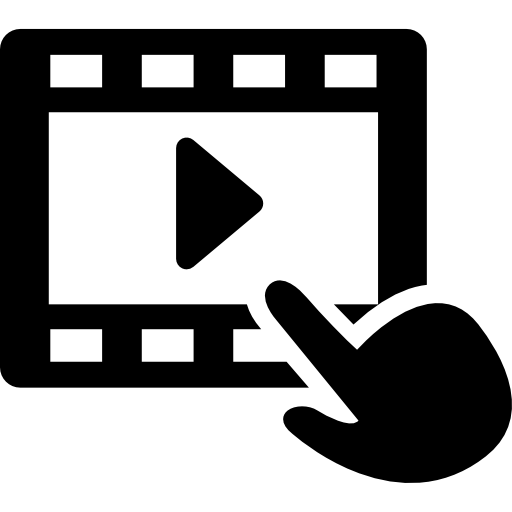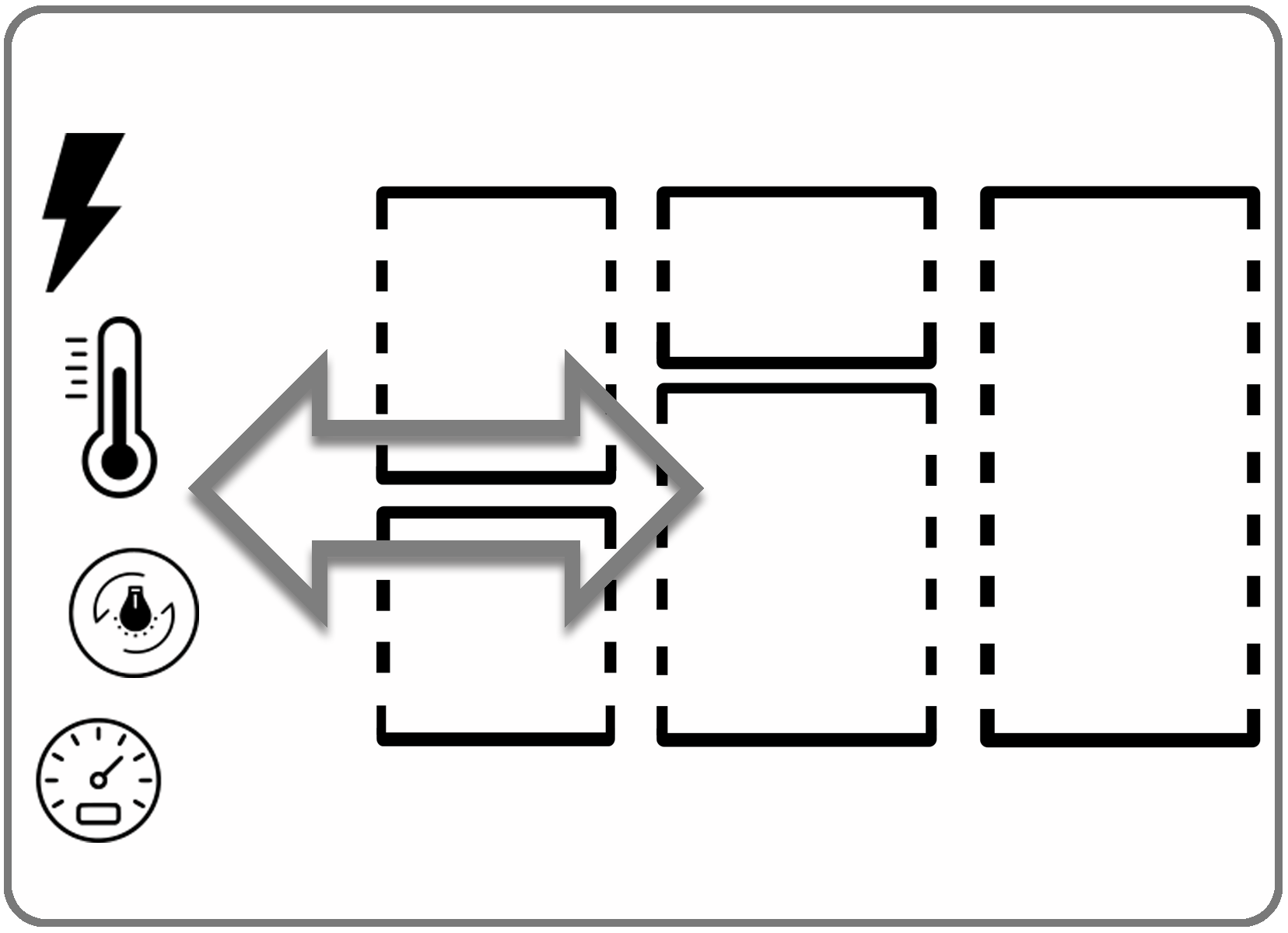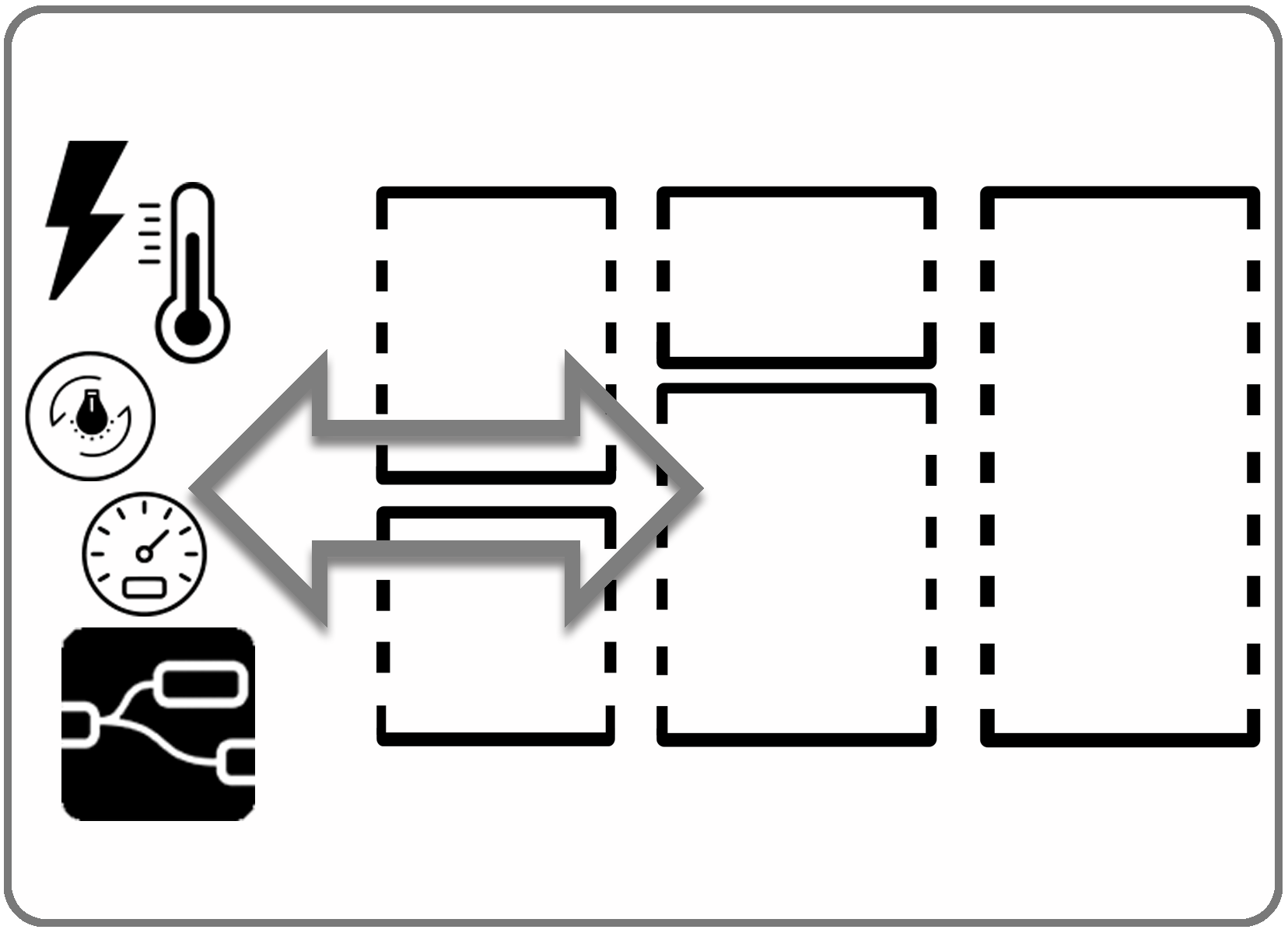|
Test Case Title |
TC8.7 - Incentives for Final Users (Managers) |
|
Goal |
Stimulate Final Users (role Manager) Provide incentives different for the different stakeholders Provide access to tools and services with different level of complexity for development and for knowledge management. |
|
Prerequisites |
General information on Select4Cities aims and scope and of the Snap4City. The following functionalities are available only for specific Snap4city users with specific privileges. |
|
Expected successful result |
Access to all the information well organized according to a number of menu of the portal and from the menu with a number of web page with description and links to tools. |
|
Steps |
Different stakeholders may take advantage/incentives to use and build new feature and application upon the platform. If they will have found advantages (economical, commercial, in terms of visibility, new personnel, etc.), they would be strongly motivated to invest time and money in contributing to the platform, thus making it alive in the area. In the order of relevant, the following stakeholder should be strongly motivated as discussed in the following.
Thus, Final Users get advantage incrementally:
Level 1 User to create personal/professional views/dashboards on data; (Manager)![]() , a video on how to create Dashboards
, a video on how to create Dashboards ![]() ,
,
To perform activities at this level and thus to create your Dashboard you need to be registered.
To register, click on https://www.snap4city.org/drupal/user/register
Once registered you are the Manager of your data, and you can create your applications, dashboards, attach/register your IOT devices, create IOT applications, etc.
At this Level 1, we suggest to learn how to create your dashboard by exploiting the data that the Snap4City solution on the city is providing to you. To this end, you do not need to have yregistered our sensors, and neither to be capable of programming. You just need to follow the instructions of the Dashboard Wizard to produce your Dashboard and/or to add other Widgets to an already available Dashboard.
To create a new dashboard, clickon the main menu on left --> Dashboards, and from the list of them click to “New Dashboard”, and thus you enter in the wizard in which you can decide to start by using some models that may simplify you dashboard creation. They are ordered according to their complexity. We suggest you to start from the simplest as reported in the following examples.
To add Widgets to a Dashboard by using the Wizard, please open in Edit your dashboard and select the Wizard from the top menu.
The users that created a Dashboard may decide to make them public to all the other users, or to provide access in view to other users. In addition, the user can pass the Ownership of a Dashboard to some other user of the system. This level of user can:
- access to Data Set Manager to upload/download, share data sets as files in CSV: https://datagate.snap4city.org/ssologin_handler
- upload data for the knowledge base and dashboards via Data Set Manager,
- access and share of resources as: dashboards, IOT Applications, blocks, etc.; https://processloader.snap4city.org/processloader/ssoLogin.php?redirect=page.php%3FshowFrame=false
- access to help and contacts, FAQ, documentation and articles
- manage personal data: profile, IOT Sensors, Annotations, Personal Data, Dashboards..; https://www.snap4city.org/drupal/myprofiledata
- Auditing Access to My Data according to GDPR.
We suggest you to follow these examples and readings in the order:
 see how Dashboards can be created usign the wizard: dashboards with selectors, time trends, maps, etc.
see how Dashboards can be created usign the wizard: dashboards with selectors, time trends, maps, etc.- TC1.8. Visual production of Dashboard via Wizard
- TC1.9. Search on Wizard for any kind of data managed into the platform, from POI to sensors, KPI, social, etc.
- TC1.10. Dashboard delegation to access, and passage of ownership, and/or cloning
- TC1.11. IOT Discovery, on Dashboard Wizard
- TC1.13. Dashboard Builder External Services and Widgets
Level 2 User to exploit connected IOT/IOE devices: sensors and actuators, on Dashboards; (Manager) ![]() ,
, ![]() (dashboard vs IOT Devices vs IOT applications)
(dashboard vs IOT Devices vs IOT applications)
To perform these activities you need to be registered https://www.snap4city.org/drupal/user/register
Once registered you are the Manager of your data, and you can create your applications, dashboards, attach/register your IOT devices, create IOT applications, etc.
At this level 2, it is possible to create dashboard that directly are connected with IOT devices, for examples, sensors and actuators (i.e., receiving data and acting on devices on the field). You do not need to program to create dashboards. The Dashboards can be created exploiting data as in the lower levels, and in addition by using also private data from IOT Devices of the user and acting on some IOT device, notifications on other Dashboards, etc.
that is

We suggest you to follow these examples and readings in the order:
- TC1.11. IOT Discovery, on Dashboard Wizard
- TC1.14. Dashboards uniform model for: simple dashboard, those with IOT broker connection and those with logic in IOT Application
- TC2.19. Creating Dashboards with IOT broker connection back and forward
- Creation of a Dashboard with an IOT Actuator toward the IOT broker/Directory

Level 3 User: to connect your IOT Device (sensor, actuators), and use/control on Dashboards; (Manager) ![]() , ..
, ..![]() (dashboard vs IOT Devices vs IOT applications)
(dashboard vs IOT Devices vs IOT applications)
To perform these activities you need to be registered https://www.snap4city.org/drupal/user/register
Once registered you are the Manager of your data, and you can create your applications, dashboards, attach/register your IOT devices, create IOT applications, etc.
At this level 3, it is possible to register an IOT Device to the system in addition to what has been performed at Level 2. The registration of an IOT Device is performed by starting from Main Menu --> My IOT Devices and selecting “New Device”.
that is

We suggest you to follow these examples and readings in the order:
- Snap4City IOT Devices Registration
- Registering an IOT Device, which is an IOT Edge and using

- Creating Social IOT Applications: 5 friends sharing the position, to meet each other in the city, using GDRP for saving personal information as GPS and personal data from personal SigFOX IOT Device, view on the GDPR management

- TC2.11. Search on IOT Directory for Devices and Sensors, IOT Device Registration
- Creating: IOT Device, Raspberry Pi based totally compliant with Snap4City
During the IOT device registration, the user has to provide some information, while other information has to be provided by the user at the system. Typically, each IOT device is identified by a name, and has a couple of keys (K1, K2) that allow authenticating to the IOT broker (the IOT data collector). Snap4City is helping the user in making these connections without programming or addressing technical aspects.
The connection is very easy for IOT devices such as SigFOX or others suggested by Snap4City.
The connections from IOT Device to Dashboard are end-2-end encrypted and secure connections with HTTPS/TLS., so that sensors may communicate personal data. The storage of personal data is also GDPR Compliant. See TC 11.* on https://www.snap4city.org/drupal/node/108 for details. The new IOT Devices are created as private devices, while the user may decide to make them public, or to allow other users to access at the single data of the IOT Device.
On the other hand, some user may be interested in producing their own IOT devices. Snap4City is supporting the creation of devices, and then their registration. For example, those produced by using HW platforms such as: Raspberry PI, Arduino, Android, etc.
Once the user has registered a new IOT device, the new IOT Device provides some data to Snap4City (private or public). With the aim of creating a Dashboard, the IOT device sensors, on the Wizard, one has to search for the device by name or in the list of Sensor (High Level Type).
The IOT devices, when they are Sensors, are treated as all sensor data in input, and thus they are listed with Nature as “From IOT Device to KB”. Thus, describing that they are also collected and related from Knowledge base city entities. And, with SubNature “IOTSensor”.
The IOT devices, when they are Actuators, are treated as actuators in output from Dashboard and input for the IOT Broker, so that they have High Level Type as “Sensor-Actuator”. And thus, they are listed with Nature as “From Dashboard to IOT Device”. They are not only Actuator since the Dashboard sends a Message to the IOT broker, and this value can be read again as a sensor for another Dashboard as well. Allowing the real time communication among Dashboards!!!
Level 4 User to create personal IOT/IOE Applications defining the control logic/rule behind your Dashboard; (Manager) 
To perform these activities you need to be registered https://www.snap4city.org/drupal/user/register
Once registered you are the Manager of your data, and you can create your applications, dashboards, attach/register your IOT devices, create IOT applications, etc.
At this level 4, the user can define logic behind of the Dashboard, thus creating what is called in Snap4City language IOT Applications.
IOT Applications can be regarded, as in the figure, as logic programming realized by using a visual editor (not programming) and may elaborate data to be presented on Dashboards and viceversa (data coming from Dashboard and communicated to storage and to IOT Devices). The logic formalized in the IOT Application can perform data analytics, invoke external services, get more data, save data into a personal storage, execute statistics, machine learning, automate data transformation, generate data in bulk toward the publication, etc. The logic can be executed periodically, even if the user is not connected on the user interface as Dashboard.
that is:

According to Snap4City, an IOT applications may have connected multiple Dashboards, as well as a single Dashboard can be connected to multiple IOT Applications. On the other hand, as depicted in Level 3, the Dashboard can also have connections to IOT Devices. To see an example of IOT Application connected to a Dashboard also using IOT brokers please see the Video: ![]() ,
, ![]() (dashboard vs IOT Devices vs IOT applications)
(dashboard vs IOT Devices vs IOT applications)
The IOT Applications are created by compositing Blocks and connecting them. Each block has input on left and output on right. The Output of a block can be monitored by using a DEBUG Block, and the IOT Application editor has a view of the DEBUG data on the right panel. Snap4City has create a large set of MicroServices / Blocks allowing from IOT Applications to access at all the Smart City data and services. The list of MicroServices and the help is provided in the menu Item “Documentation and Articles” as:
- IOTMicroServicesforFinalUsers https://www.km4city.org/iot-micro-doc/user.html
- IOTMicroServicesforDevelopers https://www.km4city.org/iot-micro-doc/index.html
We suggest you to follow these examples and readings in the order:
- TC2.12. Creating IOT Applications
- TC2.14. IOT Applications using multiple protocols, and formats for files Creating IOT Applications coping with heterogeneous data
- TC2.4. The daisy of MicroServices for Snap4City Dashboard and IOT App
- TC2.3. List of MicroServices and the Help, for Final Users and Developers
- Saving an IOT application into the Resource Manager and reusing it from another IOT applications, (eventually make it public for everybody)

- TC2.15. IOT application IOT device registration- Final user & Admin
- TC2.16. IOT Application Creation, using personal devices and exploiting city devices
- TC2.17. Event Driven IOT Applications, from brokers: Orion, SigFox, etc.
- TC2.18. Event Driven Data Management in Dashboards from: IOT Brokers and IOT Applications
- TC2.19. Creating Dashboards with IOT broker connection back and forward
- Creating IOT Application and Dashboard sharing the same IOT Devices (Controlling red light and speed limit)

- TC2.20. Creating Dashboards with IOT Application logic. Starting from new and old IOT application and get/connect a Dash, or from Dash connect and IOT app
- On road operator, sending color coding to the operator

- TC2.21. IOT Applications with Social Media Actions, and cultural scenarious
- TC2.22. Exploiting Twitter Vigilance as External Service, in Dashboard, and as RestCall as MicroService in IOT applications
- TC2.23. Search on Services into IOT Application using MicroService of Smart City API
- TC2.24. IOT Applications developed exploiting MicroServices, also supporting GDPR, real time, data sharing, etc.
- TC2.25. Registering external MicroService calling RestCall services, using it on IOT applications
- TC2.26. IOT Applications exploiting suggestion MicroService
- TC2.27. Add new Broker managing new protocol, and the corresponding NIFI process for indexing
- TC2.28. Snap4City MicroServices for Snap4City platform management from IOT Applications, feature of reflection
- TC2.29. Sharing Snap4City Applications based on NodeRED
- TC2.1. Managing IOT Application as my personal data, according to GDPR, create, see, download, delete,..
- TC2.2. Scenario with IOT Applications with users sharing position, GDPR, real time data, Acting to IOT Application from City Dashboards and vice versa
- TC2.5. IOT application; IOT Discovery of sensors and actuators for reading observations
- TC2.6. IOT application; IOT Discovery of sensors and actuators for sending commands and notifications
- TC2.7. IOT protocol Telemetry
- TC2.8. IOT Protocol Inquiries
- TC2.9. IOT Protocol Commands
- TC2.10. IOT Protocol Notifications
- TC2.13. Import of any new Block/MicroService or library of MicroServices into IOT Application Builder tools
- TC4.2. Managing Notifications on IOT Application: SMS, Telegram, email, Twitter, Dashboard events, in Push on other IOT Applications
- TC4.3. Alerting about critical events involving people in a specific area, IOT Application, Acting to IOT Application from City Dashboards and vice versa
On one hand, once the user has created a new IOT Application, it can be connected to an already developed Dashboard or a new Dashboard can be created. Connection or creation can be performed by using the MicroServices/Block for the Dashboard in the IOT Application editor. Put the block on the frame, double click and edit.
On the other hand, the connection to an IOT Application IN/OU channel can be also performed starting from the Dashboard Wizard. On the Wizard, one has to search for the Sensor (High Level Type). The IOT devices are treated as data, and thus they are listed with Nature as “Dashboard-IOT App”, and thus as Nature “From Dashboard to IOT App” and “From IOT App to Dashboard” with evident meaning of bidirectional communication.
All the users can access to the whole documentation and final powerful example, the dashboard with and without IOT devices and IOT App connected, and this is also an incentive to stimulate the exploitation of additional features.